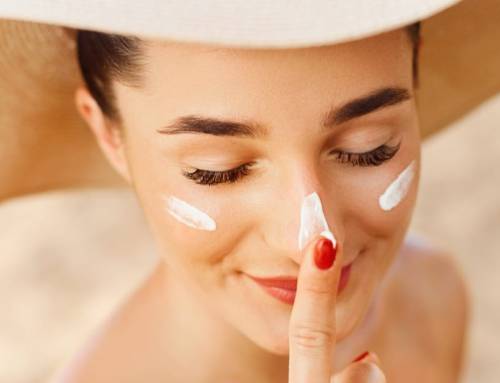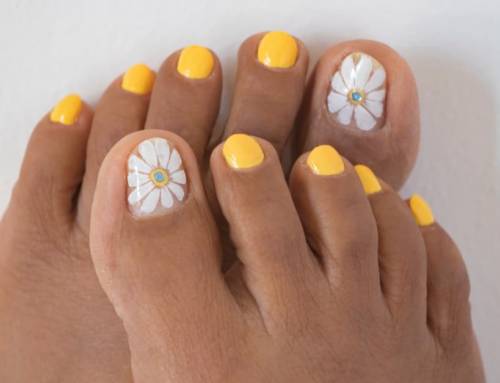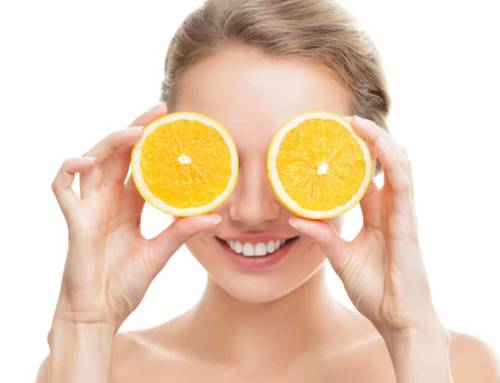Willkommen to the G-Beauty Boom!
The skincare and beauty worlds have seen the rise of K-Beauty (Korean beauty), J-Beauty (Japanese beauty), Scandi-beauty (Scandinavian beauty) over the past few years, but now there’s a new player to the international beauty scene.
G-Beauty, a.k.a. German beauty, is enrapturing consumers with a “less is more” attitude that focuses on clean, efficacious beauty care – done simply.

Last year, natural G-Beauty skincare brands grew 13% in the United States last year, compared with 11% for all natural skincare brands, according to market research firm Spins and Nielsen, and experts predict G-Beauty to become “the next big thing in skincare.”
With a focus on its “clean and simple” claim, an innovative approach to science-based skincare, and a unique incorporation of German and European-sourced natural ingredients into both new and long-loved products, G-Beauty is ready to shake up the skincare world.
Clean and green
Rather than being defined by skincare routines, like the fabled 10-step K-Beauty routine, or specific products, like facial essences from Japan, German beauty is most defined by its reputation for being “clean.” Or, more simply put, German beauty is defined by what it is not: non-toxic, non-inflammatory, and non-irritating.
While there is no set definition of clean beauty, many consider clean skincare and cosmetic products to be those formulated without a long list of ever-changing ingredients commonly found in many personal care products. And due to European cosmetic regulation standards, many G-Beauty skincare products often meet the ever-changing “clean” claim for consumers.
“Generally, a ‘Made In Germany’ sticker is a sign that a product is clean, natural and low in toxins. Beauty editors know to go German when they want something classic, functional and powerful,” according to international beauty publication Glamour UK.
German beauty brands also spotlight their “cleanliness” with minimal logos, branding, and packaging. For consumers and G-manufacturers alike, these simple labels serve to highlight the transparency of a company and reinforce the idea of the simplicity and safety of the ingredients inside a bottle or jar.
While the clean beauty movement continues to explode this year, expect G-Beauty products to rise along with the clean, green tide.
Innovation and history collide
German skincare, cosmetic, and personal care products are also trending right now thanks to German brands’innovative use of cutting-edge science to create efficacious skin care products. As beauty insider website Allure recently explained about the recent appeal of G-Beauty: “it’s “the German orderliness and attention to detail is what lends itself so well to the skin-care business.”
Trending German skincare brands like Dr. Barbara Sturm (a celebrity facialist who popularized the “blood facial”), The Royal Fern, and Augustinus Bader, are all hailed by beauty retailers, publications, and skincare-savvy consumers alike for utilizing the latest technology and research to offer consumers superior skincare results.
“German beauty is known for science-backed, clean formulas that deliver highly effective results,” said Marla Beck, the co-founder and chief executive of Bluemercury, according to The New York Times.
Additionally, German beauty brands also have history on their side. In addition to being long-heralded for utilizing the latest engineering and science to create effective products, Germany has a long and storied history of wellness that many consumers find appealing.
“For a very long time, countries like France and Italy were considered to be skin care meccas, but, more recently, the German market has developed a reputable practice in skin care with its spa treatments. German spa towns have become the go-to destinations for wellness. People travel from all-over to experience these specified treatments and that’s a big reason why the skin care care is one step ahead—it’s because the products have trustworthy and clean formulas. From sourcing the ingredients to product production, the entire process typically takes place in Germany, which offers a transparency of quality to the consumer,” said Timm Golueke, the dermatologist behind the cult-y German skincare line Royal Fern, in an interview with Yahoo Lifestyle.
Natural Germanic goodness
Finally, G-Beauty products are “going to be huge” this year thanks to their long-time incorporation of natural and organic ingredients into product formulations. As more and more consumers seek out cosmetic products that are “good enough to eat,” the appeal of powerful German natural ingredients cannot be overstated.
“Customers now look for the Made in Germany stamp on skin-care products the same way we look for the organic sticker on our tomatoes,” said Cassandra Grey, founder of Violet Grey, a luxury beauty retailer, in an interview with The New York Times.
Additionally, large German brands often prominently feature ingredients from biodynamic farms or heritage farms in Europe where specific product lines ingredients are sourced. This sort of exacting ingredient selection is also highly appealing to eco-conscious consumers.
Some of the most popular German-sourced natural ingredients include:
- Polygonum bistorta root and wild rose, found in Dr. Barbara Sturm’s Glow Drops
- Flowers like wild pansy, chamomile, calendula, found in Weleda Skin Food
- Cucumber extract, found in Royal Fern’s Phytoactive Cleansing Balm
The rise of G-Beauty
The rise of the German beauty boom this year will be driven by a focus on clean products, an attractive blend of history and innovative science, and the appeal of natural, European-sourced ingredients.
For the natural-leaning consumer, German skincare and beauty products are set to become the next must-have products in their shopping carts and bathroom vanities. For the industry? Prepare to say “hallo” to the G-beauty boom.






